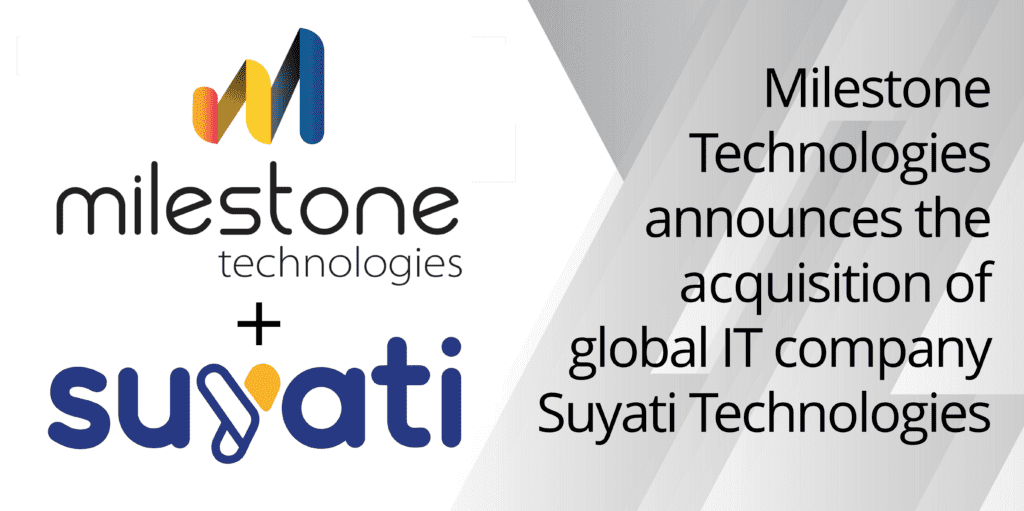Blog
Child Category
category
6623743e3b67c
303,304,305,306,239,307,308,243,309,44,310,311,312,295,299,240,313,302,301
Loading....
How Can We Help?
At Milestone Technologies, we take pride in providing the highest level of service excellence in everything we do. Contact us if you have any questions.








